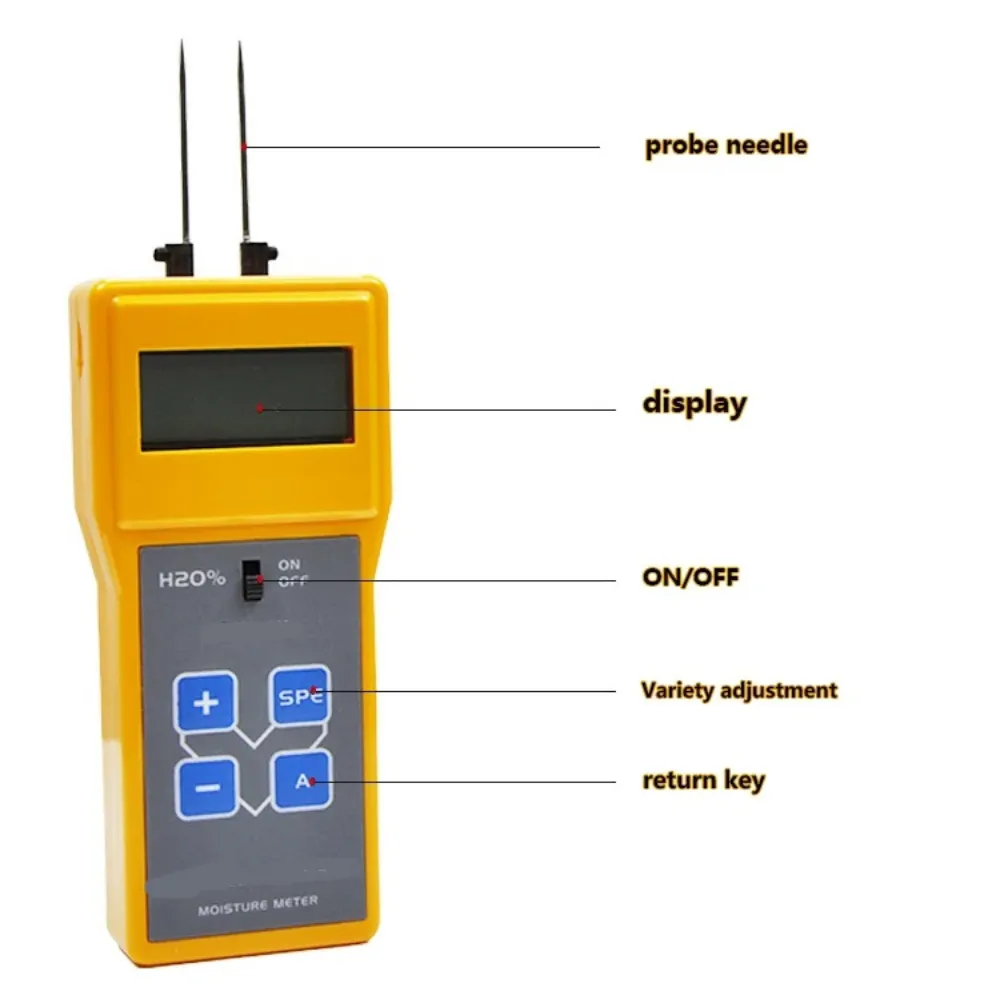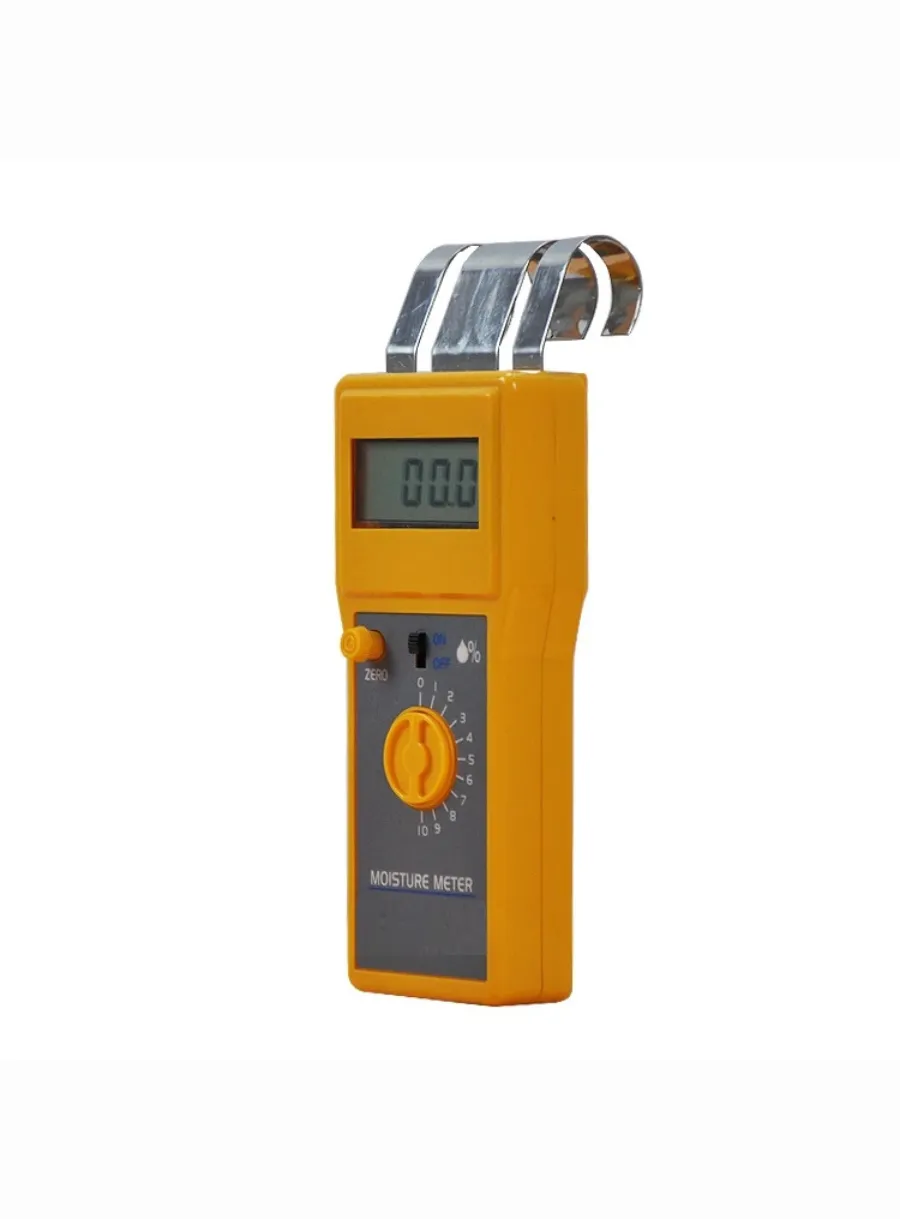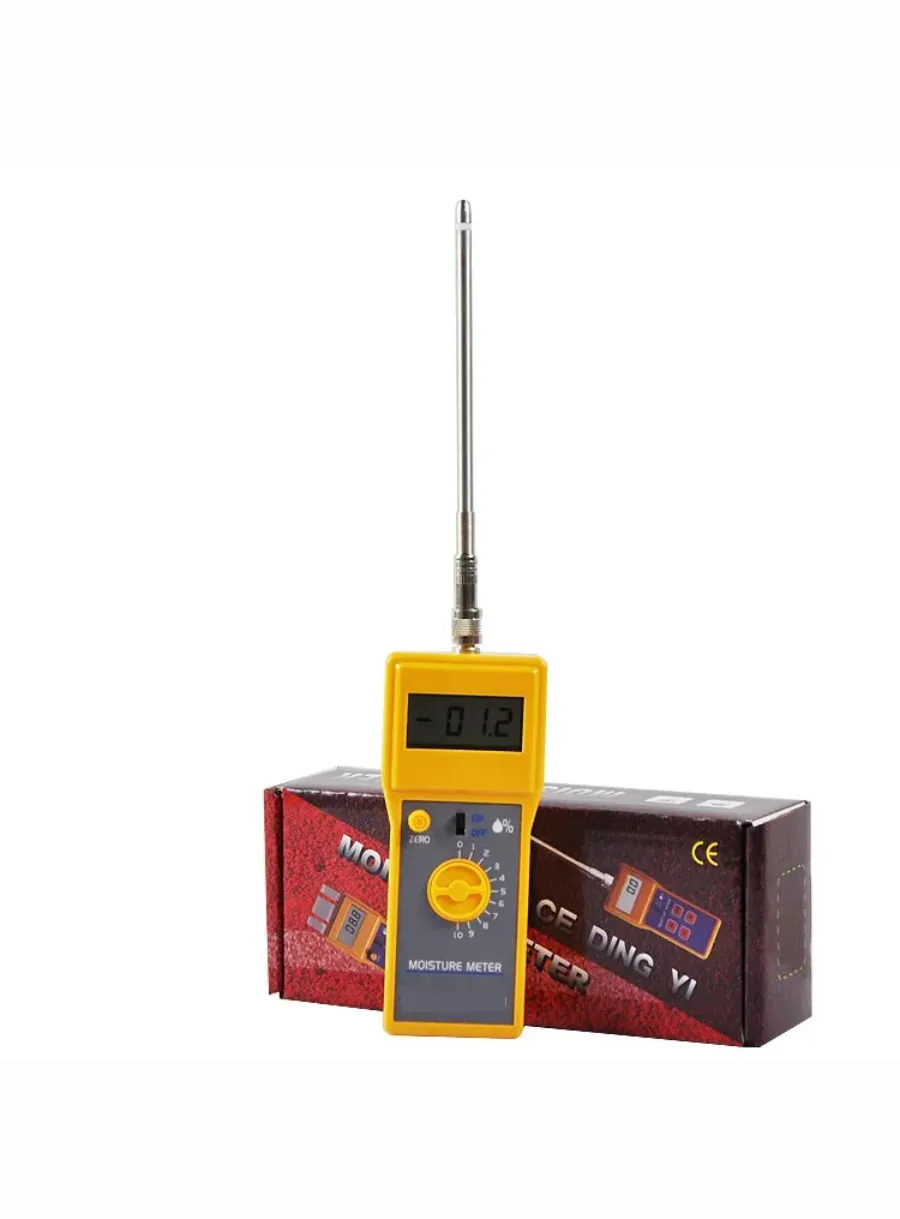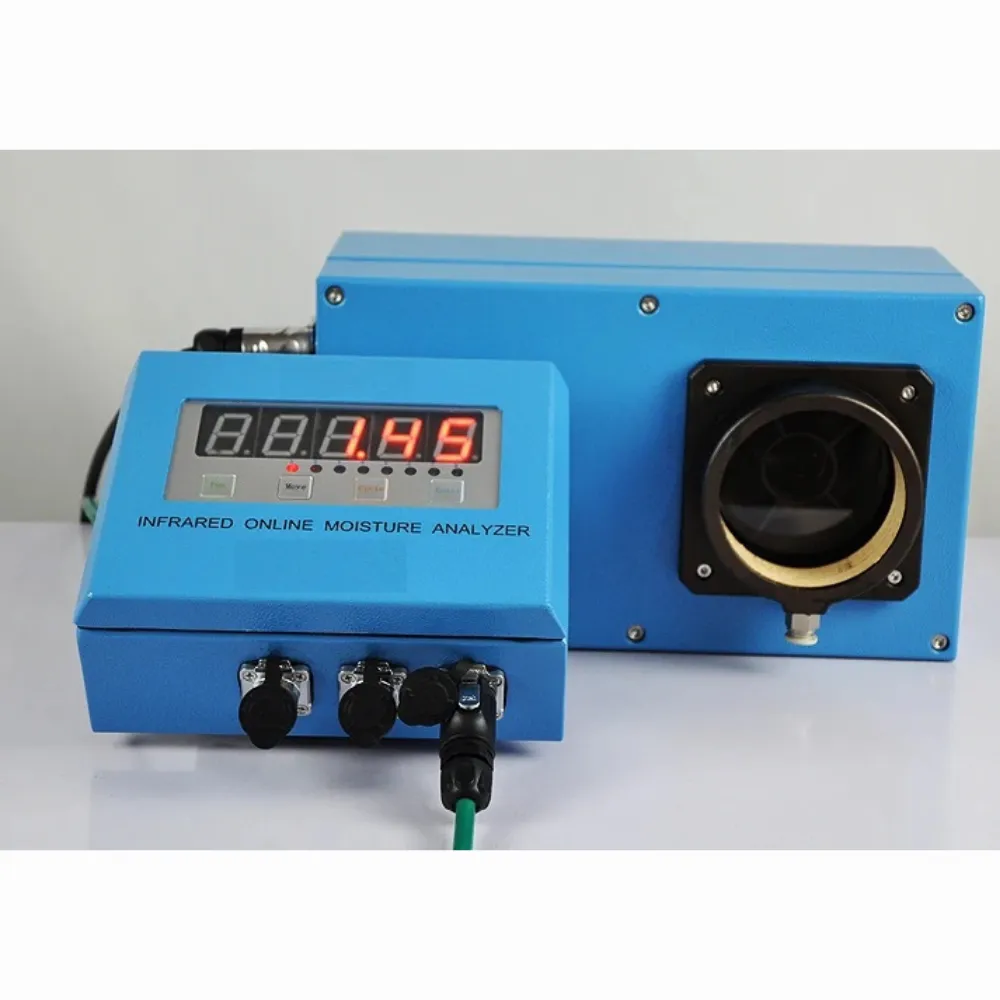
The Impact of Environmental Factors on Textile Moisture Meter Readings
Table of Contents
Textile moisture meters are essential tools for the textile industry, as they help to measure the moisture content in fabrics. This is important because moisture can have a significant impact on the quality and performance of textiles. In this article, we will discuss the impact of environmental factors on textile moisture meter readings and how these factors can affect the accuracy of the measurements.
One of the most significant environmental factors that can influence textile moisture meter readings is humidity. Humidity refers to the amount of water vapor present in the air, and it can vary greatly depending on the location and time of year. High humidity levels can cause textiles to absorb more moisture from the air, which can lead to inaccurate moisture meter readings. For example, if a textile is exposed to a high humidity environment, the moisture content of the fabric may increase, causing the moisture meter to read a higher moisture content than is actually present. Conversely, low humidity levels can cause textiles to lose moisture to the air, resulting in a lower moisture content reading.

The electrical conductivity method works by measuring the electrical conductivity of the fabric. This is done by passing a small electric current through the fabric and measuring the resistance. The higher the moisture content, the lower the resistance. This method is quick and easy to use, but it can be affected by the type of fabric and the presence of other substances, such as dirt or oil.
Temperature's Effect on Textile Moisture Content
Temperature is another important environmental factor that can impact textile moisture meter readings. Textiles are sensitive to temperature changes, and their moisture content can vary depending on the temperature of the surrounding environment. For instance, when a textile is exposed to a higher temperature, the fibers in the fabric can expand, which can cause the textile to absorb more moisture. This can result in a higher moisture content reading on the moisture meter. On the other hand, when a textile is exposed to a lower temperature, the fibers can contract, causing the textile to lose moisture and resulting in a lower moisture content reading.

The Role of Fiber Type in Moisture Absorption
The rate at which moisture is absorbed or lost by a textile is also influenced by the type of fiber used in the fabric. Different fibers have different moisture absorption properties, which can affect the accuracy of moisture meter readings. For example, natural fibers such as cotton and wool have higher moisture absorption rates than synthetic fibers like polyester and nylon. This means that a textile made from natural fibers may have a higher moisture content reading on a moisture meter than a textile made from synthetic fibers, even if the moisture content of the two fabrics is the same.
Duration of Environmental Exposure and Its Impact
Another factor that can impact textile moisture meter readings is the duration of exposure to the environment. The longer a textile is exposed to a particular environmental condition, the more its moisture content will be affected by that condition. For example, if a textile is exposed to a high humidity environment for an extended period of time, it will absorb more moisture from the air, resulting in a higher moisture content reading on the moisture meter. Conversely, if a textile is exposed to a low humidity environment for an extended period of time, it will lose moisture to the air, resulting in a lower moisture content reading.
Conclusion: Understanding Environmental Impacts for Accurate Measurements
In conclusion, environmental factors such as humidity, temperature, fiber type, and duration of exposure can all impact textile moisture meter readings. It is important for textile professionals to be aware of these factors and to take them into account when interpreting moisture meter readings. By understanding how environmental factors can affect moisture meter readings, textile professionals can ensure that they are making accurate and informed decisions about the quality and performance of their textiles.
Comments
Tags
Frequently Asked Question
Control the testing environment by maintaining consistent temperature and humidity levels, and allow fabrics to acclimate before testing.
Some advanced moisture meters have built-in temperature and humidity sensors to adjust readings automatically.
Air conditioning can lower humidity levels, potentially causing fabrics to lose moisture and resulting in lower moisture content readings.
While not always necessary, using meters calibrated for specific fiber types can improve accuracy, especially when working with diverse textiles.

